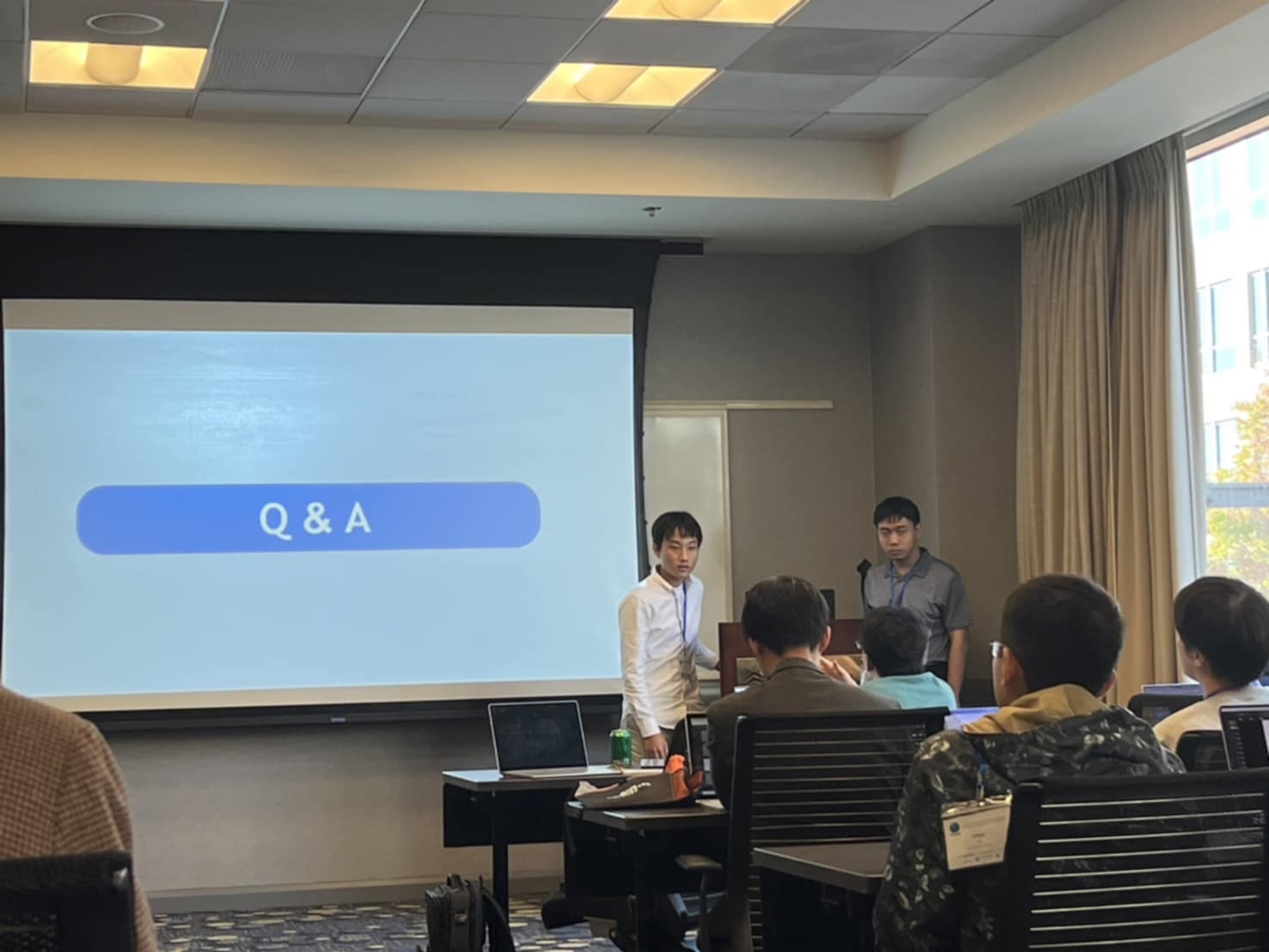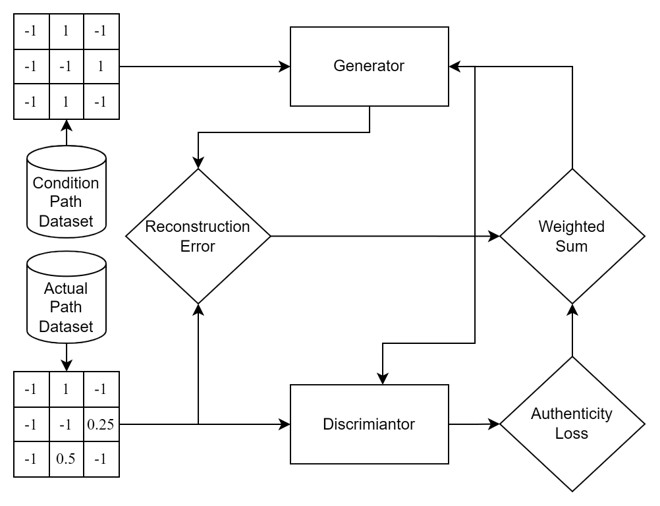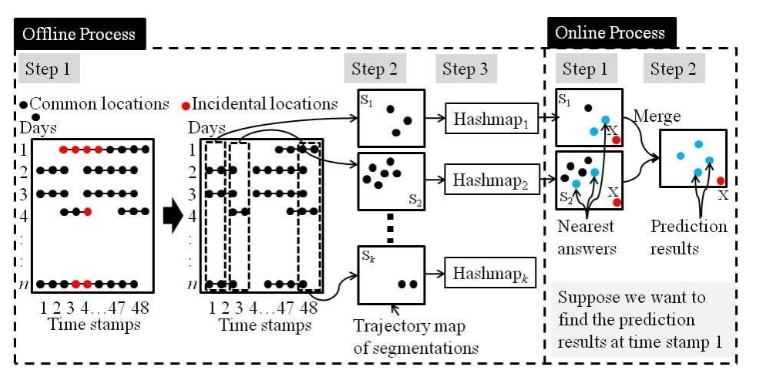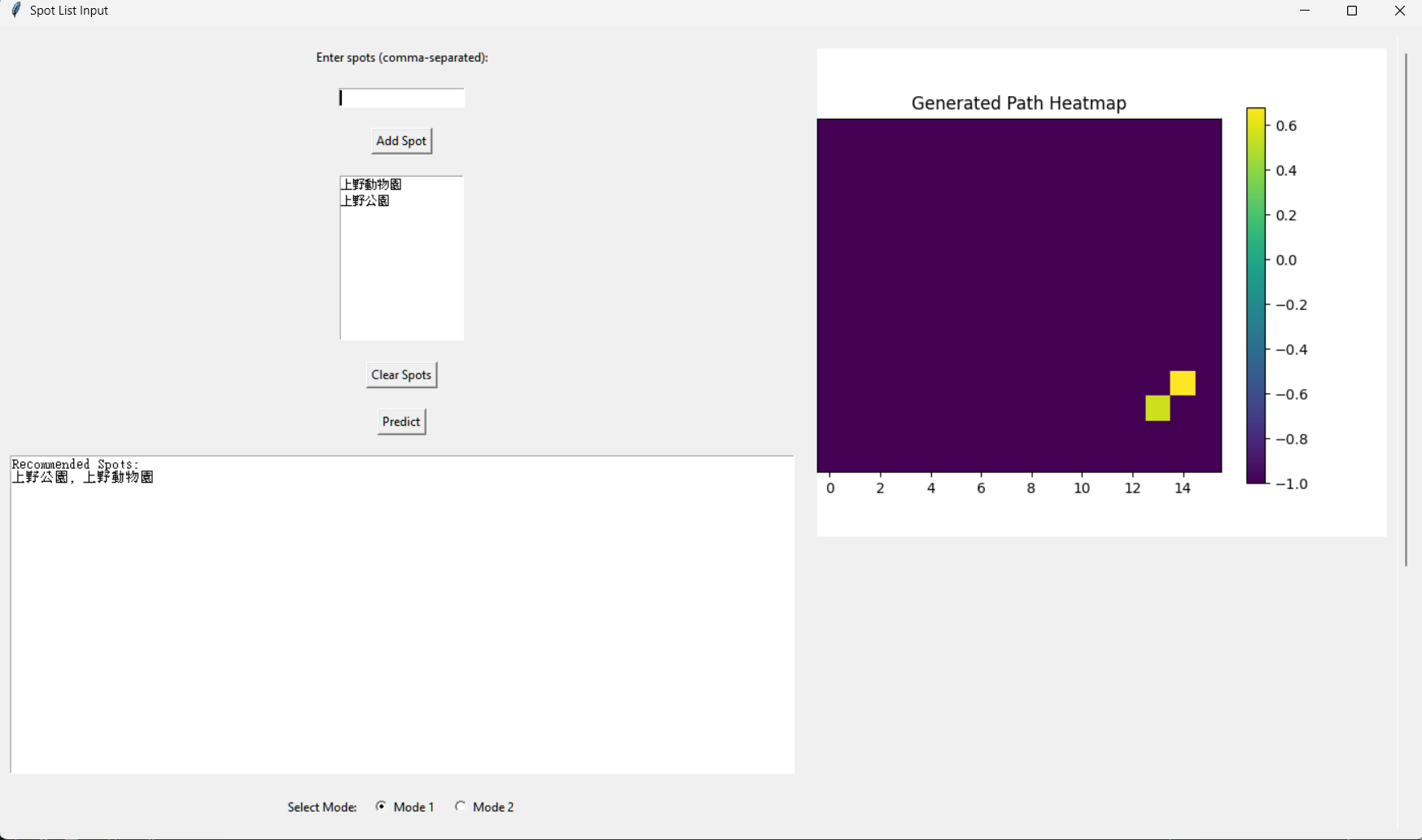Hi there,
Welcome to my portfolio
☎️ Contact Information
Name: An Syu Li
Email: yessir0621@gmail.com Copied
ORCID: 0009-0007-9032-1922 Copied
GitHub: https://github.com/Louis-Li-dev
➡️ Things About Me
Majoring in Computer Science, I'm interested in artificial intelligence, geographic information systems, and data analysis.
➡️ Competition Experience
🎯 KKCompany Music Challenge: Next-5 Songcraft competition
I've attended several competitions and made it to the final round. For example, in 2024's KKCompany Music Challenge: Next-5 Songcraft competition, I was in one of the top teams presenting methods to score high in the competition. This experience taught me how to assign responsibilities to different roles based on teammates' strengths. Additionally, I learned much about how to use the Pandas package to conduct advanced data analysis.
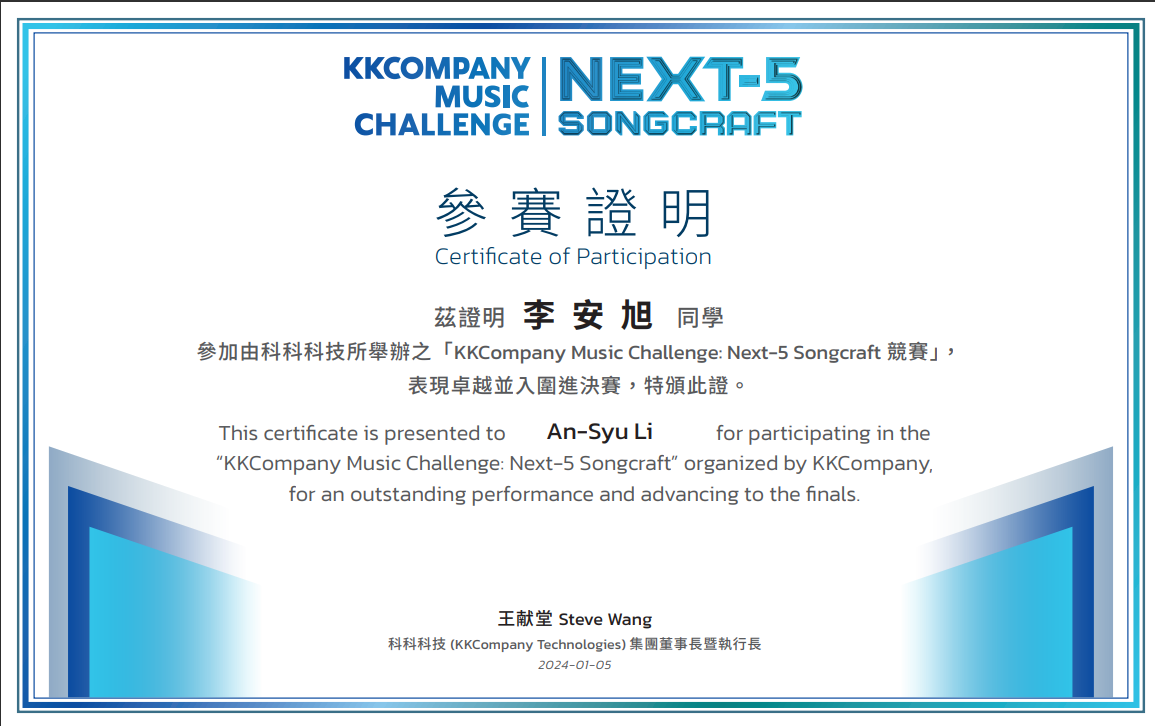
➡️ Conference Attended
🎯 TGIS(Taiwan Geographic Information Society)
Participating in the TGIS conference gave me opportunities to see novel perspectives. Scholars from different places gathered to present their essays and discussed not only the future prospect but also the chances of collaboration. Regarding my topic, I developed a method that addressed the problem of the previously proposed model for the recommendation task. After reading the essay that suggests using deep learning neural networks to visulize recommendation results for users to avoid challenges in traditional machine learning techniques. Although the proposed method was new and revolutionary, the performance on the testing dataset isn't impressive. Therefore, I changed the loss function, re-processed the data, and came up with a different model architecture. After these adjustments, the flaws in that essay have been removed and the performance rises significantly.
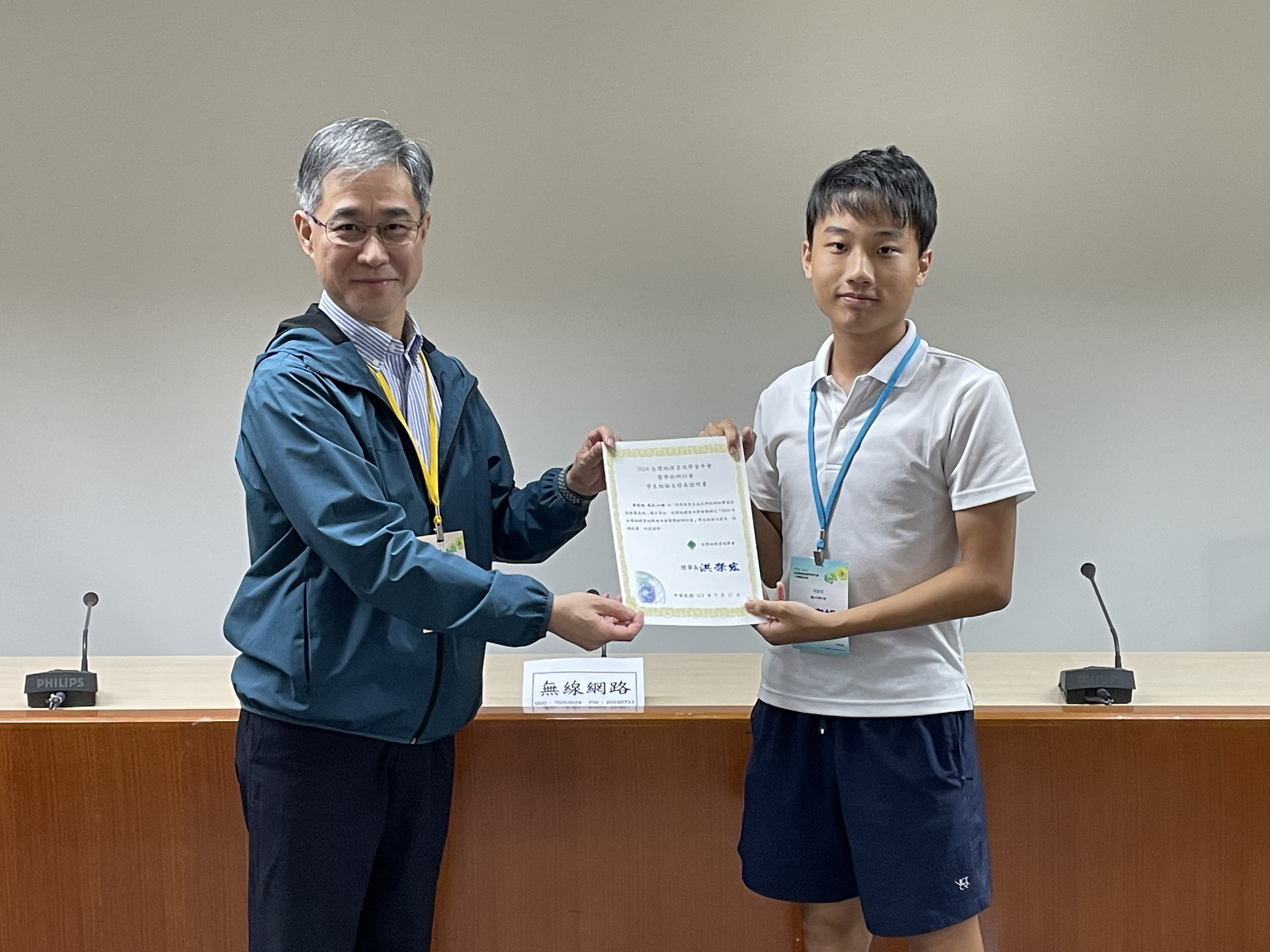
➡️ Workshops
🎯 ACM SIGSPATIAL 2024 in Atlanta
- Link to the paper page
- Link to the workshop I attended
- Link to the GitHub repository for this project
Due to ranking in the top ten of the Human Mobility Prediction Challenge, I was invited to present my methods at the ACM SIGSPATIAL workshop. Unlike other competitors who relied on large language models (LLMs) to achieve high performance, our team employed a smaller machine learning model with specific modifications, allowing us to outperform some of those teams.
While it has become a trend to leverage massive deep learning neural networks with self-attention mechanisms, the success of this competition reinforces my belief that simpler strategies can still work effectively—particularly when the model is tailored to the problem. Through this experience, I gained several key insights from the data:
- The majority of users exhibit consistent behaviors at specific times.
- People’s trajectories can differ significantly from one another.
- While exceptions exist, focusing on general patterns and filtering out infrequent locations helps in designing algorithms that handle individual cases more effectively.
